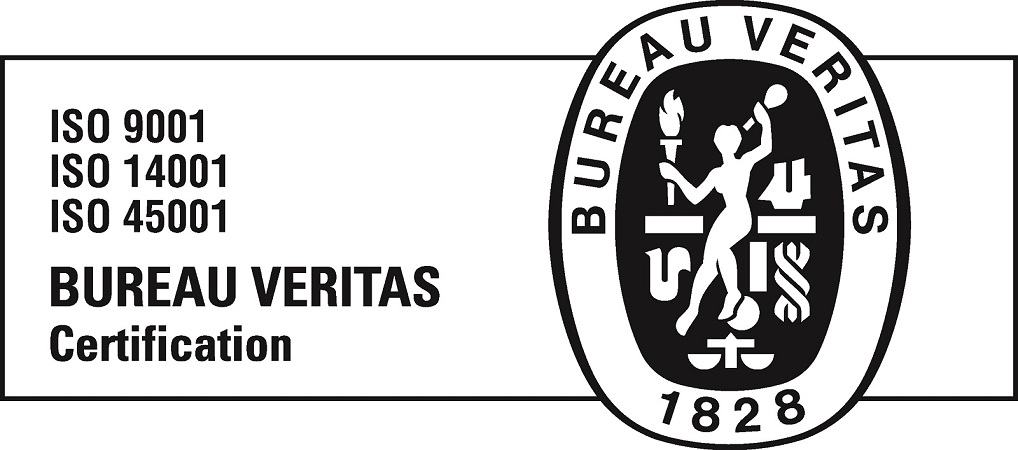
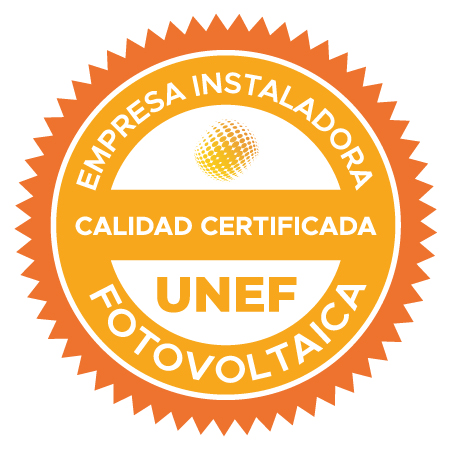
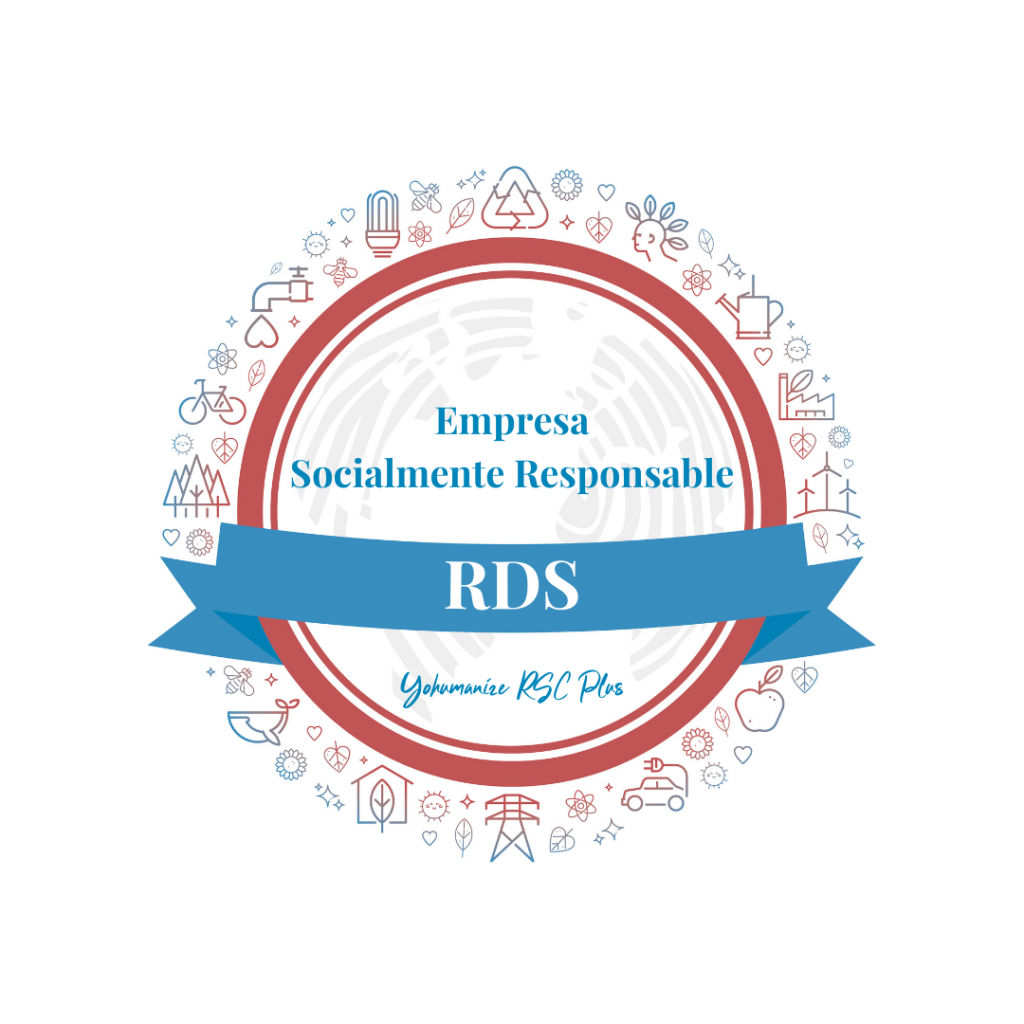
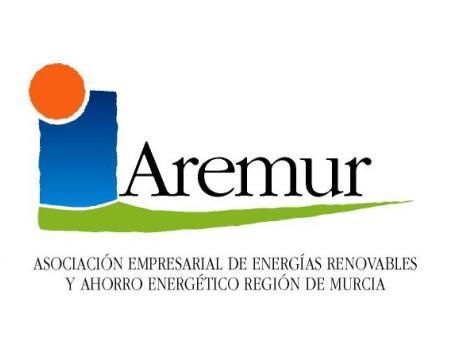
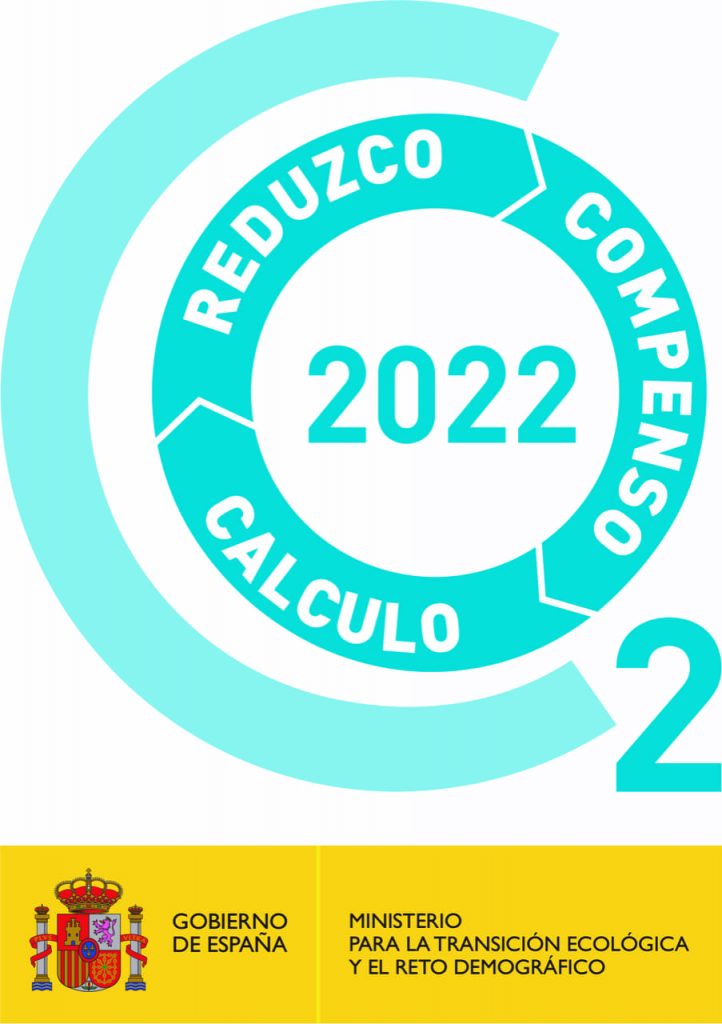
© 2023 RDS. All rights reserved. Designed and developed by delefant
As a result of the energy crisis and the rising cost of electricity, more and more people are interested in using alternative systems such as solar panels. For this reason, the increase in demand for them means that the profitability of the solar plant is growing all the time.
Table of Contents
ToggleThe first thing to know is what a solar farm is. We are talking about an installation of photovoltaic solar panels that capture the sun’s energy and transform it into electrical and thermal energy. It is classified as renewable and clean energy.
This type of infrastructure is usually located on plots of land and is usually set up by independent investors. Some do it with the aim of supplying a specific community and the remaining excess energy is sold to the general energy network so that it can be used by other interested individuals.
Like all types of infrastructures, solar farms also need maintenance as they suffer some degradation. Being exposed to the elements with direct sun, rain and dust will always affect them.
The usual lifespan of solar panels is around 25 years, although it will also depend on the type of panel chosen, as some have higher quality components and materials that allow them to last longer, although they will also be more expensive.
Among the costs to take into account, maintenance is one of the main ones. Annually it is about €5/kWp, about €4,000.
Solar plants are a good investment for many reasons. One of them is that we get energy in a much more efficient and environmentally friendly way, especially if we compare it with others such as gas, coal or oil.
As it is a clean energy, we also help to reduce the impact of our carbon footprint and do our bit to fight climate change.
We must also bear in mind that it is an energy that does not run out, it will always be there. This, however, is not the case with wind energy, where we need the presence of the wind to obtain it. Others, such as oil or gas, are not eternal, they are perishable, we depend on the amount that is stored and the natural reserves.
Self-sufficiency is another great advantage. More and more people are opting for these systems to obtain the energy they need for their homes and the surplus is sold to whoever is interested in acquiring it.
The rising cost of electricity is causing many people to see solar energy as a business alternative and a place in which to invest money to achieve profitability and benefits.
Although we are currently in tenth place worldwide, one of the reasons why Spain could become the leading European power in solar energy production is the number of hours of sunshine we have, as we are the country with the most hours of sunshine in the European Union. In addition, the Region of Murcia, the Valencian Community and Andalusia are the communities that lead the ranking. In this way, the disadvantages that the excess of sun can cause with the drought, translates into a business opportunity when installing this type of infrastructure.
Regarding the profitability of this business, a 1030 kW plant could require an investment of around 650,000 euros. However, it is estimated that it would be fully amortised in 10 years, for a useful life of 25 years. However, as technology and science evolve, little by little it will be possible to extend its life even further.
If you are interested in setting up a solar plant, at RDS we will help you with any questions you may have. Our experts are specialists in developing all types of photovoltaic projects and in the installation of all types of infrastructures, even for self- supply.
Get on the solar energy bandwagon, the planet and your wallet will thank you for it.